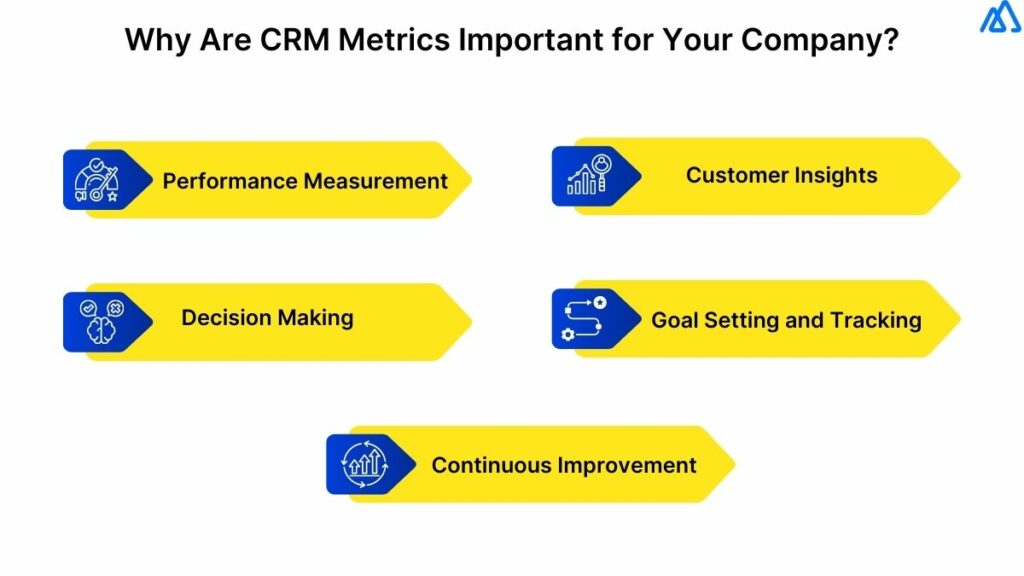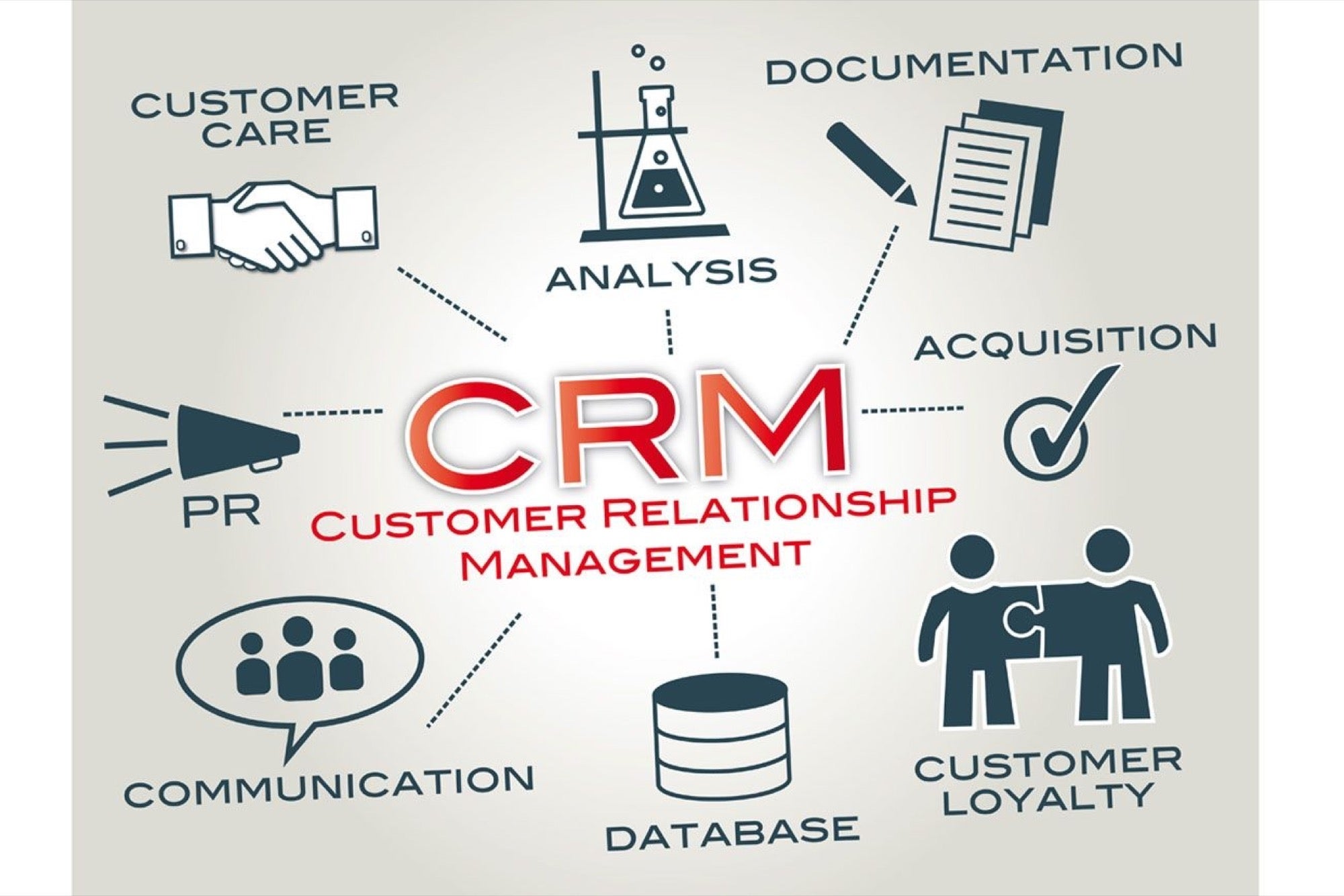
CRM Marketing Metrics: Your Ultimate Guide to Tracking, Measuring, and Maximizing Customer Relationship Success
In today’s hyper-competitive business landscape, understanding your customers is no longer a luxury; it’s a necessity. Customer Relationship Management (CRM) systems have become indispensable tools, acting as the central nervous system for businesses of all sizes. But simply having a CRM isn’t enough. You need to actively monitor and analyze your CRM marketing metrics to truly unlock its potential. This comprehensive guide will delve into the world of CRM marketing metrics, providing you with the knowledge and insights to track, measure, and ultimately, maximize your customer relationship success.
What are CRM Marketing Metrics?
CRM marketing metrics are the key performance indicators (KPIs) that help you evaluate the effectiveness of your CRM efforts. They provide a data-driven understanding of how well your CRM system is performing, how your marketing campaigns are resonating with your audience, and how efficiently your sales and customer service teams are operating. These metrics go beyond vanity metrics like website traffic and social media likes. They focus on tangible results, such as lead generation, conversion rates, customer retention, and revenue generation.
By diligently tracking and analyzing these metrics, you can gain valuable insights into your customers’ behavior, preferences, and needs. This knowledge empowers you to make data-driven decisions, optimize your marketing strategies, improve customer experiences, and ultimately, drive business growth.
Why are CRM Marketing Metrics Important?
The importance of CRM marketing metrics cannot be overstated. They serve as the foundation for informed decision-making and continuous improvement. Here’s why they are crucial:
- Measure Campaign Effectiveness: CRM metrics provide clear visibility into the performance of your marketing campaigns. You can track metrics like click-through rates, conversion rates, and return on investment (ROI) to determine which campaigns are most effective and which ones need adjustments.
- Optimize Sales Performance: By analyzing sales-related metrics, you can identify bottlenecks in your sales process, track sales team performance, and optimize your sales strategies to close more deals.
- Improve Customer Retention: CRM metrics help you understand customer behavior and identify areas where you can improve customer satisfaction and loyalty. By monitoring churn rates, customer lifetime value, and customer satisfaction scores, you can proactively address customer concerns and prevent churn.
- Enhance Customer Experience: CRM metrics provide insights into customer interactions with your brand. You can use this information to personalize customer experiences, tailor your messaging, and improve customer service, leading to increased customer satisfaction and loyalty.
- Drive Revenue Growth: Ultimately, CRM marketing metrics are about driving revenue growth. By optimizing your marketing, sales, and customer service efforts, you can increase sales, improve customer retention, and boost overall profitability.
Key CRM Marketing Metrics to Track
There’s a wide array of CRM marketing metrics you can track, but focusing on the most relevant ones is crucial. Here’s a breakdown of key metrics, categorized for clarity:
1. Lead Generation Metrics
Lead generation metrics focus on the effectiveness of your efforts to attract and capture potential customers. These metrics help you understand how well your marketing activities are generating leads and converting them into sales opportunities.
- Number of Leads Generated: This is a fundamental metric that tracks the total number of leads generated through your marketing campaigns.
- Lead Conversion Rate: This metric measures the percentage of leads that convert into qualified prospects or sales opportunities. It indicates the effectiveness of your lead nurturing efforts.
- Cost Per Lead (CPL): CPL calculates the cost of acquiring each lead. It’s a crucial metric for assessing the efficiency of your lead generation campaigns.
- Lead Source Performance: This metric tracks the performance of different lead sources, such as website forms, social media, and email campaigns. It helps you identify the most effective lead generation channels.
- Marketing Qualified Leads (MQLs) vs. Sales Qualified Leads (SQLs): MQLs are leads that have shown interest in your product or service, while SQLs are leads that have been qualified by your sales team as potential customers. Tracking the conversion rate from MQLs to SQLs provides insights into the effectiveness of your lead qualification process.
2. Sales Performance Metrics
Sales performance metrics provide insights into the effectiveness of your sales team and the overall sales process. They help you identify areas for improvement and optimize your sales strategies.
- Sales Conversion Rate: This metric measures the percentage of leads or opportunities that convert into paying customers.
- Average Deal Size: This metric tracks the average value of each closed deal, providing insights into the revenue generated per sale.
- Sales Cycle Length: This metric measures the average time it takes to close a deal, from initial contact to sale.
- Revenue per Sales Rep: This metric tracks the revenue generated by each sales representative, providing insights into individual and team performance.
- Sales Target Achievement: This metric measures the percentage of sales targets achieved by the sales team.
- Customer Acquisition Cost (CAC): CAC calculates the total cost of acquiring a new customer, including marketing and sales expenses.
3. Customer Retention Metrics
Customer retention metrics focus on the ability to retain existing customers. Retaining customers is often more cost-effective than acquiring new ones, so these metrics are critical for long-term business success.
- Customer Churn Rate: This metric measures the percentage of customers who stop doing business with your company over a specific period.
- Customer Lifetime Value (CLTV): CLTV estimates the total revenue a customer is expected to generate throughout their relationship with your company.
- Customer Retention Rate: This metric measures the percentage of customers who remain customers over a specific period.
- Repeat Purchase Rate: This metric measures the percentage of customers who make repeat purchases.
- Customer Satisfaction Score (CSAT): CSAT measures customer satisfaction with your products, services, or overall experience.
- Net Promoter Score (NPS): NPS measures customer loyalty and willingness to recommend your company to others.
4. Marketing Campaign Metrics
These metrics are specific to the performance of your marketing campaigns, providing insights into their effectiveness in driving leads, conversions, and revenue.
- Click-Through Rate (CTR): CTR measures the percentage of people who click on a link in your email, ad, or other marketing materials.
- Conversion Rate: This metric measures the percentage of people who complete a desired action, such as filling out a form or making a purchase.
- Cost Per Click (CPC): CPC measures the cost of each click on your online ads.
- Return on Ad Spend (ROAS): ROAS measures the revenue generated for every dollar spent on advertising.
- Email Open Rate: This metric measures the percentage of recipients who open your email campaigns.
- Email Click-Through Rate (CTR): This metric measures the percentage of recipients who click on links within your email campaigns.
5. Customer Service Metrics
Customer service metrics focus on the efficiency and effectiveness of your customer service operations. They help you understand customer satisfaction and identify areas for improvement in your support processes.
- First Response Time: This metric measures the average time it takes for your customer service team to respond to customer inquiries.
- Resolution Time: This metric measures the average time it takes to resolve customer issues.
- Customer Satisfaction Score (CSAT): This metric measures customer satisfaction with the support they receive.
- Net Promoter Score (NPS): NPS measures customer loyalty and willingness to recommend your company based on their support experience.
- Number of Support Tickets: This metric tracks the volume of customer support inquiries.
- Average Ticket Resolution Cost: This metric measures the average cost of resolving a customer support ticket.
How to Track CRM Marketing Metrics
Tracking CRM marketing metrics requires a strategic approach and the right tools. Here’s a step-by-step guide:
1. Define Your Goals and Objectives
Before you start tracking any metrics, clearly define your business goals and objectives. What do you want to achieve with your CRM efforts? Are you trying to increase sales, improve customer retention, or generate more leads? Your goals will guide you in selecting the most relevant metrics to track.
2. Choose the Right CRM System
The right CRM system is essential for tracking CRM marketing metrics. Choose a system that offers robust reporting and analytics capabilities. Make sure it can integrate with your other marketing tools, such as email marketing platforms, social media management tools, and website analytics platforms.
3. Set Up Your CRM and Integrate Your Tools
Once you’ve chosen your CRM system, set it up and integrate it with your other marketing tools. This will allow you to collect data from various sources and consolidate it within your CRM. Ensure that your CRM is configured to track the key metrics you’ve identified.
4. Establish Baseline Metrics
Before you start implementing changes, establish baseline metrics. This will provide a benchmark for measuring your progress and identifying areas for improvement. Track your metrics over a specific period, such as a month or a quarter, to establish a baseline.
5. Track Your Metrics Regularly
Consistency is key. Track your CRM marketing metrics regularly, such as weekly, monthly, or quarterly, depending on the metric and your business needs. Use dashboards and reports to visualize your data and identify trends.
6. Analyze Your Data and Identify Insights
Don’t just collect data; analyze it! Look for trends, patterns, and insights that can inform your decision-making. Identify areas where your campaigns are performing well and areas where you need to make improvements.
7. Take Action and Optimize Your Efforts
Based on your analysis, take action to optimize your marketing, sales, and customer service efforts. Experiment with different strategies, and continuously test and refine your approach. Make data-driven decisions to improve your results.
8. Review and Refine Your Metrics
The business landscape is constantly evolving. Regularly review your CRM marketing metrics to ensure they remain relevant to your goals and objectives. Refine your metrics as needed to adapt to changing market conditions and customer behavior.
Tools for Tracking CRM Marketing Metrics
Fortunately, there are numerous tools available to help you track and analyze your CRM marketing metrics. Here are some of the most popular and effective options:
- CRM Systems: Most CRM systems, such as Salesforce, HubSpot, and Zoho CRM, offer built-in reporting and analytics capabilities. These systems allow you to track a wide range of metrics and create custom dashboards.
- Marketing Automation Platforms: Marketing automation platforms, such as Marketo and Pardot, provide advanced analytics and reporting features. They can track the performance of your marketing campaigns and provide insights into lead behavior.
- Email Marketing Platforms: Email marketing platforms, such as Mailchimp and Constant Contact, offer detailed reports on email open rates, click-through rates, and conversion rates.
- Web Analytics Tools: Web analytics tools, such as Google Analytics, provide insights into website traffic, user behavior, and conversion rates.
- Data Visualization Tools: Data visualization tools, such as Tableau and Power BI, allow you to create interactive dashboards and reports to visualize your CRM marketing metrics.
Best Practices for Using CRM Marketing Metrics
To maximize the value of your CRM marketing metrics, follow these best practices:
- Focus on Actionable Metrics: Don’t get bogged down in vanity metrics. Focus on metrics that provide actionable insights and can drive business results.
- Set Realistic Goals: Set realistic and achievable goals for your CRM efforts. This will help you measure your progress and stay motivated.
- Segment Your Data: Segment your data to gain deeper insights into different customer segments and marketing campaigns.
- Automate Your Reporting: Automate your reporting to save time and ensure consistency.
- Share Your Results: Share your results with your team and stakeholders to promote transparency and accountability.
- Continuously Test and Optimize: Continuously test and optimize your marketing efforts based on the insights you gain from your CRM marketing metrics.
- Stay Up-to-Date: Stay up-to-date on the latest CRM marketing trends and best practices.
Common Mistakes to Avoid
Even with the best intentions, it’s easy to make mistakes when tracking and using CRM marketing metrics. Here are some common pitfalls to avoid:
- Not Defining Goals: Without clear goals, you won’t know which metrics to track or how to measure success.
- Tracking Too Many Metrics: Tracking too many metrics can overwhelm you and make it difficult to focus on the most important ones.
- Ignoring the Data: Collecting data but not analyzing it is a waste of time and resources.
- Making Decisions Based on Inaccurate Data: Ensure the accuracy of your data by regularly cleaning and validating your CRM system.
- Not Adapting to Change: The business landscape is constantly evolving, so you need to be flexible and adapt your metrics and strategies as needed.
Conclusion
CRM marketing metrics are essential for driving business growth and maximizing customer relationship success. By tracking, measuring, and analyzing these metrics, you can gain valuable insights into your customers, optimize your marketing efforts, improve sales performance, and enhance customer experiences. This guide has provided a comprehensive overview of key CRM marketing metrics, how to track them, and best practices for using them effectively. By implementing these strategies, you can unlock the full potential of your CRM system and achieve your business goals.
Embrace the power of data, stay focused on the metrics that matter, and continuously refine your approach. Your customers will thank you, and your business will thrive.

